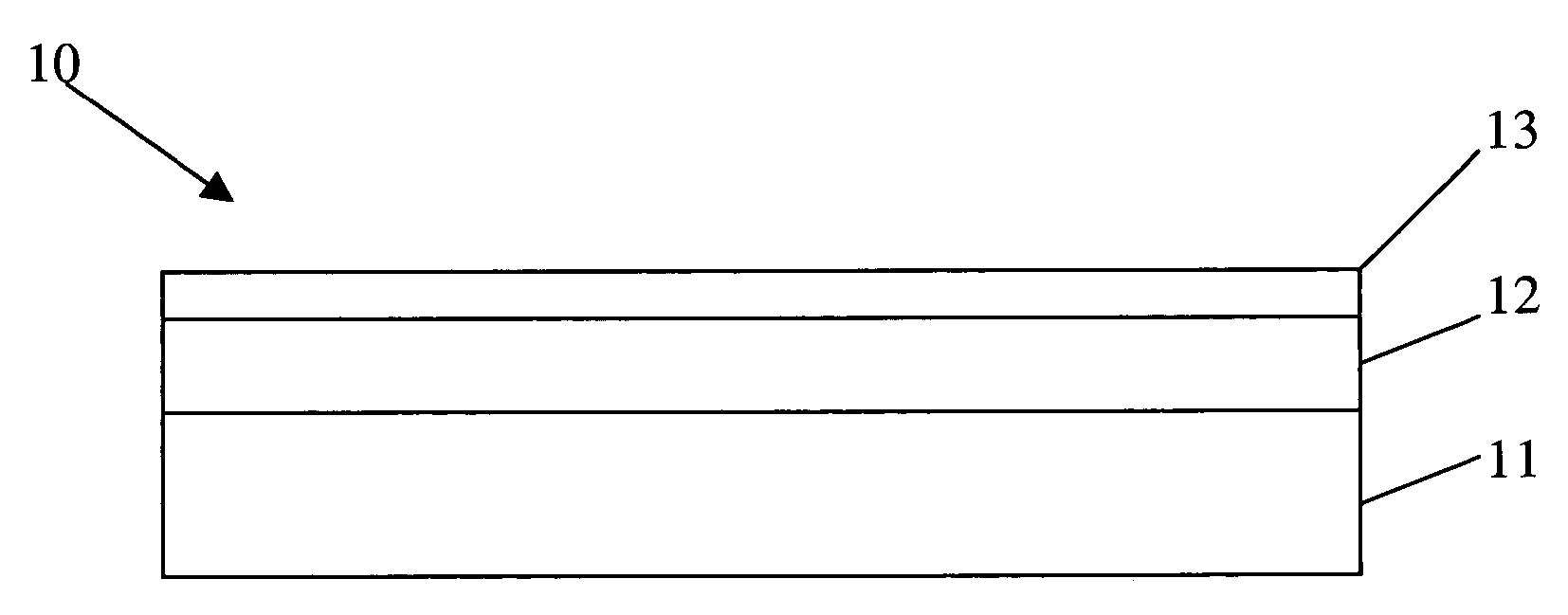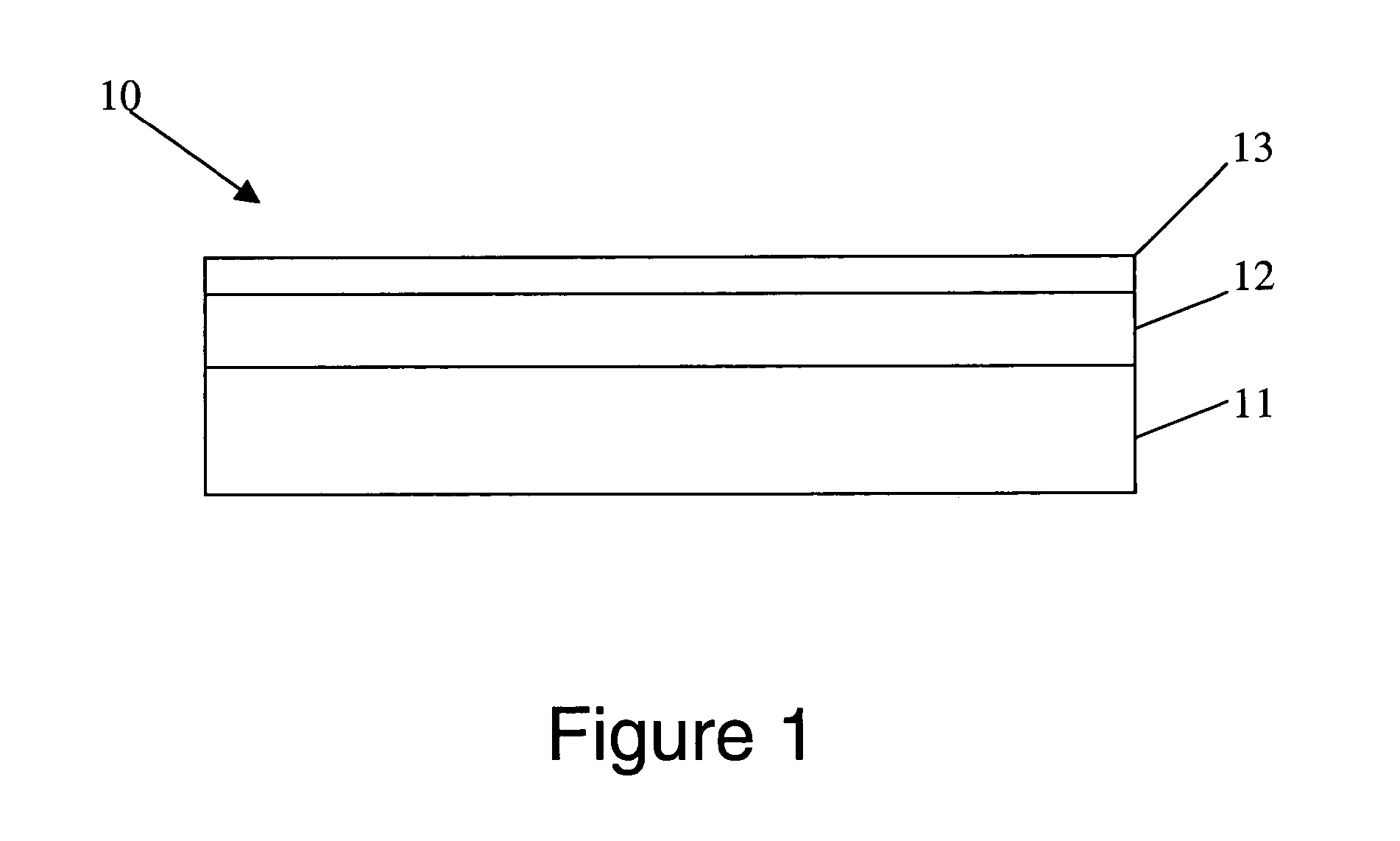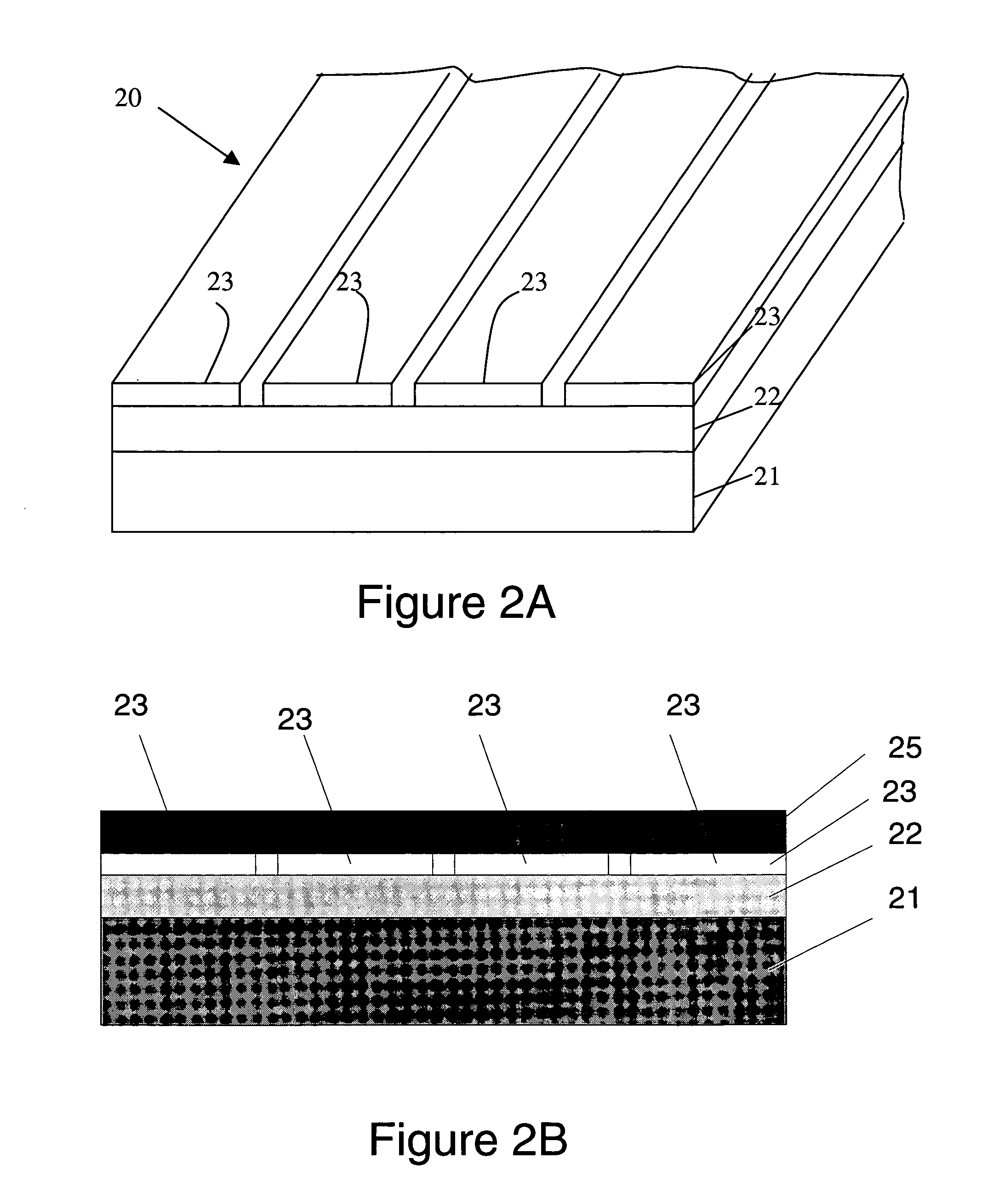Stacked filamentary coated superconductors
a superconductor and filamentous coating technology, applied in the field of filamentary multi-layer superconductor articles, can solve the problems of high ac losses of current hts wires, superconducting film planes can produce very large ac losses, etc., and achieve the effect of facilitating the growth of amorphous materials
- Summary
- Abstract
- Description
- Claims
- Application Information
AI Technical Summary
Benefits of technology
Problems solved by technology
Method used
Image
Examples
Embodiment Construction
[0059]Single superconductor layers can be patterned into multiple filaments to reduce local ac losses. Short sample testing shows a reduction in ac loss proportional to the reduction in conductor or filament width. In principle the filaments can be electrically isolated from each other and the absence of a conductive path would strongly reduce so-called interfilamentary coupling losses. However, there are several considerations that make this approach less practical. Even if a “perfect” conductor could be manufactured and patterned, the ends would still need to be soldered to the current injection points and filaments would be shorted. This would allow the formation of giant current loops through these ends.
[0060]The second generation HTS wire production is based on a variety of continuous reel-to-reel thin film deposition techniques, practiced over very long lengths as superconducting wires are needed in piece lengths which can reach 1000 meters. Small defects can locally disrupt c...
PUM
| Property | Measurement | Unit |
|---|---|---|
| width | aaaaa | aaaaa |
| length | aaaaa | aaaaa |
| length | aaaaa | aaaaa |
Abstract
Description
Claims
Application Information
 Login to View More
Login to View More - R&D
- Intellectual Property
- Life Sciences
- Materials
- Tech Scout
- Unparalleled Data Quality
- Higher Quality Content
- 60% Fewer Hallucinations
Browse by: Latest US Patents, China's latest patents, Technical Efficacy Thesaurus, Application Domain, Technology Topic, Popular Technical Reports.
© 2025 PatSnap. All rights reserved.Legal|Privacy policy|Modern Slavery Act Transparency Statement|Sitemap|About US| Contact US: help@patsnap.com



